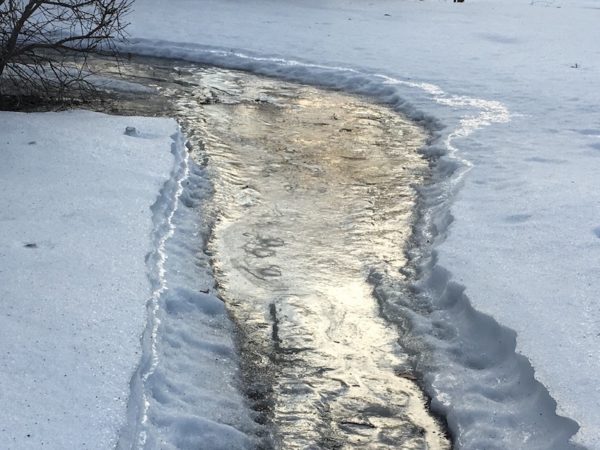Let me begin by saying the following advice and demonstrations are not guarantees that you won’t fall and break something, but maybe if you do start to fall you’ll remember what you heard and saw and … things won’t be as bad as they might have been.
I thought about them as I practically tiptoed across my icy driveway the other morning. I even talked out loud to myself. “If you start to fall backward, bend your knees, Diane. Sideways, tuck in your arm.”
Wish I knew that a few years ago when I took a bad fall and landed hard on my butt. Compression fracture in my back. Or when I was roller skating and tried to break a fall, only I broke my left wrist instead (yes I was wearing wrist guards, and knee and elbow pads and a helmet). I do not want to see any more such accidents in my future.
I got the tips when I visited Maine Strong Balance Center recently to talk with physical therapist Jason Adour about maintaining strength and balance as we age and preventing falls. He and Kathleen Morlock, an intern at the Center, went several steps further and demonstrated how to fall — the right or safer way.
Falling backward
A key to protecting yourself when you fall backward is to bend your knees.
If you fall directly on your buttocks with your legs straight, there are quite a few forces that are carried through the hips, so this is one way to have a hip injury or a hip fracture or a compression fracture in your back. As you land directly on your buttocks, those forces are carried up through the vertebral bodies in your back. You can cut down about 44% of the impact forces just by bending your knees.
Jason Adour/Physical Therapist
Falling sideways
If you fall sideways, it’s your elbow should think about.
It really comes down to pressure. Instead of just hitting with your hand straight and absorbing all of those pressures in the wrist and shoulder, by bending your elbow and rolling with it, you can sort of dissipate those forces.
Jason Adour
As we age, the risk of falling and breaking your wrist or hip, in particular, increases. So does the fear of falling. That’s why it’s important to be as strong as possible and able to keep your balance. In a future blog post, Jason will show us some balance tests and tips.
I try to work on my own strength and balance by working out with Andy, my personal trainer, doing yoga, and walking. What do you do?


I’m 87 and fairly active. Last few years I have had right knee replacement, partial hip replacement, other knee tibial plateau break. That’s just some. I have fallen on icey driveway and that happened so fast I was down before i knew it. The broken hip was coming off front steps: one step ok and the next I was flying and landed face down on the lawn. Back in college days I joined a judo club and beginner lessons were falling but these didn’t save me and bones are weaker now and balance poorer. I swim daily and do PT exercises and walk 30 minutes. The PT portion works on balance.
Any suggestions??
Ron Lindsay
lindsaynancy3@gmail.com
Hi Ron,
You are an inspiration. I think the most important thing is to keep trying to be active. Strength and good balance are key. Falling when you’re young and falling when you’re older are two different experiences, aren’t they?! Are there any exercise groups/classes that you’re aware of that you could join? I live near St. Joseph’s College in Standish, Maine. They have a wonderful program for Seniors called the Institute for Integrative Aging. Among other things, they offer an exercise program called Silver Sneakers, which I believe they’ve been doing by Zoom. Here’s the link to their website, if you’re interested: https://www.sjcme.edu/centers/institute-for-integrative-aging/.